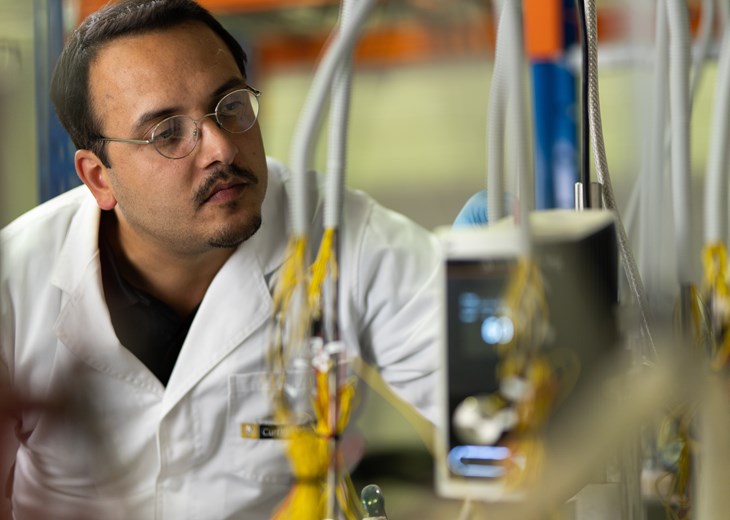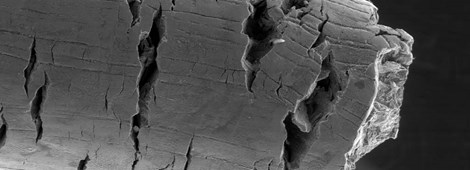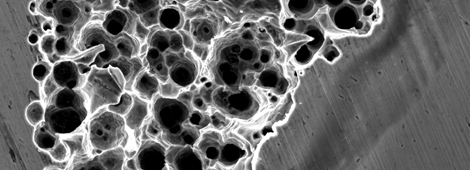Corrosion Protection

Designing against corrosion
Corrosion is a deterioration of metals by reactions with its environments. Except for noble metals such as gold and platinum, corrosion is a natural process for most metals. It has been reported that corrosion costs society between 3 and 5% of the Global Gross Domestic Product. Mitigating corrosion can, therefore, lead to cost savings and increase revenue, improve process safety, and minimise environmental contamination.
Material selection is the first and foremost step in designing systems that minimise or eliminate corrosion risks. However, corrosion-resistant alloys (CRAs) can be frequently cost-prohibitive and, therefore, not the most practical engineering solution. When the ideal CRA is not an option, corrosion is thus mitigated by one or a combination of these three strategies: (i) addition of corrosion inhibitors, (ii) application of protective coatings, and (iii) electrochemical (anodic or cathodic) protection.
Corrosion Inhibitors
Corrosion inhibitors may be added to the electrolyte to reduce corrosion rates or prevent localised corrosion. Corrosion inhibitors reduce corrosion tendencies by mitigating the anodic or cathodic reaction, while mixed inhibitors control both. Corrosion inhibitors are also often categorised based on how they act on the metal or alloy; inhibitors can, thus, be classified, for example, as:
- barrier type,
- passivating,
- oxygen scavengers.
Coatings and electrochemical protection
Protective coatings are organic or inorganic layers separating metal substrates from being in direct contact with corrosive environments. Sacrificial or inhibitive pigments may be added to organic coatings to improve corrosion protection.
Electrochemical protection uses electrochemical principles to mitigate metal deterioration. Anodic protection is used exclusively on active-passive metal-electrolyte combinations and requires polarising the component anodically in the passive region. In cathodic protection, the asset to be protected is made the cathode of an electrochemical cell. Cathodic protection can be achieved using sacrificial anodes or by impressed currents. Sacrificial anodes are often made of Al or Zn alloys and corrode preferentially, protecting the structure. Impressed current systems use direct current sources and an inert anode to achieve the same result.
Side-effects of cathodic protection
Although cathodic protection reduces corrosion rates by at least two orders of magnitude (it can also polarise carbon steels below the reversible potential of the Fe dissolution reaction), cathodic protection can have side-effects. The two most common problems associated with cathodic protection are:
- cathodic disbondment and
- hydrogen embrittlement.
Cathodic protection is always used in combination with organic coatings as coatings reduce the total anode or current demand. Cathodic protection can lead to a phenomenon called cathodic disbondment, which results in loss of adhesion and blistering. Cathodic protection by, e.g., Al-Zn-In anodes produces atomic hydrogen at the surface of the components being protected, which can lead to hydrogen embrittlement. In this regard, hydrogen embrittlement of duplex and super duplex stainless steels is a common problem in subsea oil and gas production equipment.
Because a cathodic polarisation increases the surface pH, cathodic protection of subsea equipment leads to the precipitation of calcareous films on bare surfaces. Calcareous film formation is desirable as it decreases the current demand and extends the life of sacrificial anodes. However, calcareous growth is a recurrent issue on actuating components, especially in the warm Australian waters.
Corrosion protection research at Curtin
Our approach to studying corrosion protection strategies involves a combination of electrochemical and immersion methods, always correlating performance with materials properties and manufacturing routes. We have at our disposal state-of-the-art characterisation techniques that provide further insight into corrosion inhibition and protection mechanisms.
Our researchers are actively engaged in corrosion protection research, including corrosion inhibition, coatings and coating degradation, as well as cathodic protection design. Our environmentally assisted cracking work also involves hydrogen embrittlement associated with cathodic protection of subsea production systems.
Inhibitors
Tests are conducted to answer critical questions such as: What is the optimum inhibitor concentration? Will the selected corrosion inhibitor be compatible with other production chemicals and not cause process complication downstream? How does this inhibitor work? What is the upper operating temperature this protective coating can handle? Which coating is suitable to use in certain operating conditions? etc.
In collaboration with researchers across Curtin University, our team has also designed inhibitors, tailored to tackle specific materials and exposure situations.
Coatings
Regarding coatings, we have modern equipment that allows us to simulate complex immersion and atmospheric exposure conditions. We routinely conduct cathodic disbondment studies, under full immersion or during wet-dry cycles.
Electrochemical Protection
Investigators at the Curtin Corrosion Centre work on anodic and cathodic protection design and monitoring.
Our team also conducts hydrogen embrittlement research and failure investigations.
Lastly, we conduct long-term seawater exposure tests to study cathodic protection as well as the mechanisms that lead to calcareous precipitation.



